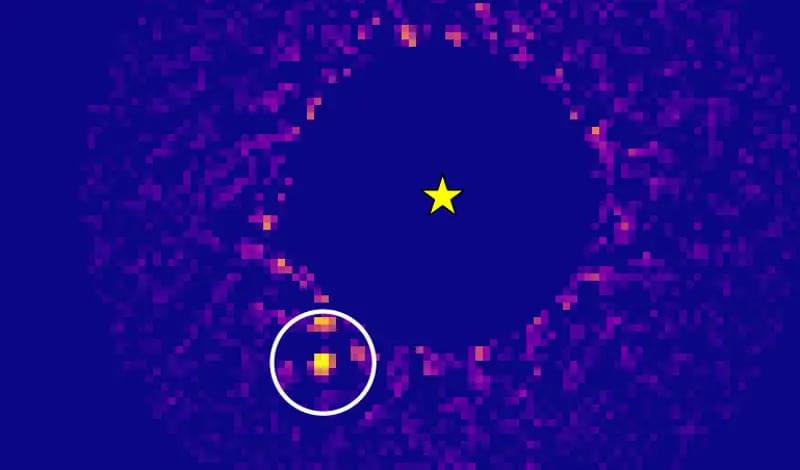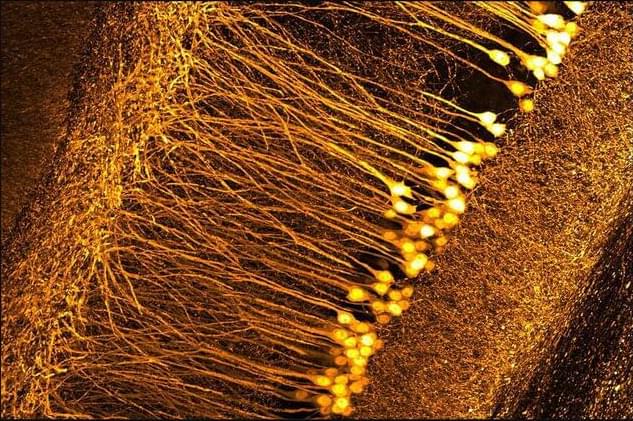SpaceX just did their second launch of V2 Mini satellites. Their first launch was two months ago and some satellites were lost as their new tech didn’t work on all satellites. Well, SpaceX has solved the bugs, and launched a second batch. Once the bugs are 100% solved, all future Starlink launches will only contain these new satellites.
These higher capacity satellites service about 33% more customers per pound of satellite than the V1.5 Starlink satellites.
SpaceX launched its second batch of upgraded Starlink satellites after some of the first version 2 (v2) buses deorbited earlier than planned. Liftoff aboard a Falcon 9 rocket occurred April 19 at 10:31 AM EDT (14:31 UTC) from Space Launch Complex 40 (SLC-40) at the Cape Canaveral Space Force Station.
This mission launched 21 of the Starlink v2 satellites into low Earth orbit. In December 2022, the Federal Communications Commission (FCC) gave SpaceX approval to launch up to 7,500 next-generation Starlink satellites, known as Gen 2. That’s still a much smaller number than the original 29,988 the company originally requested.
These upgraded satellites will eventually be operating in circular orbits with altitudes of 525,530, and 535 km and inclinations of 53, 43, and 33 degrees, respectively, using frequencies in the Ku-and Ka-band.



